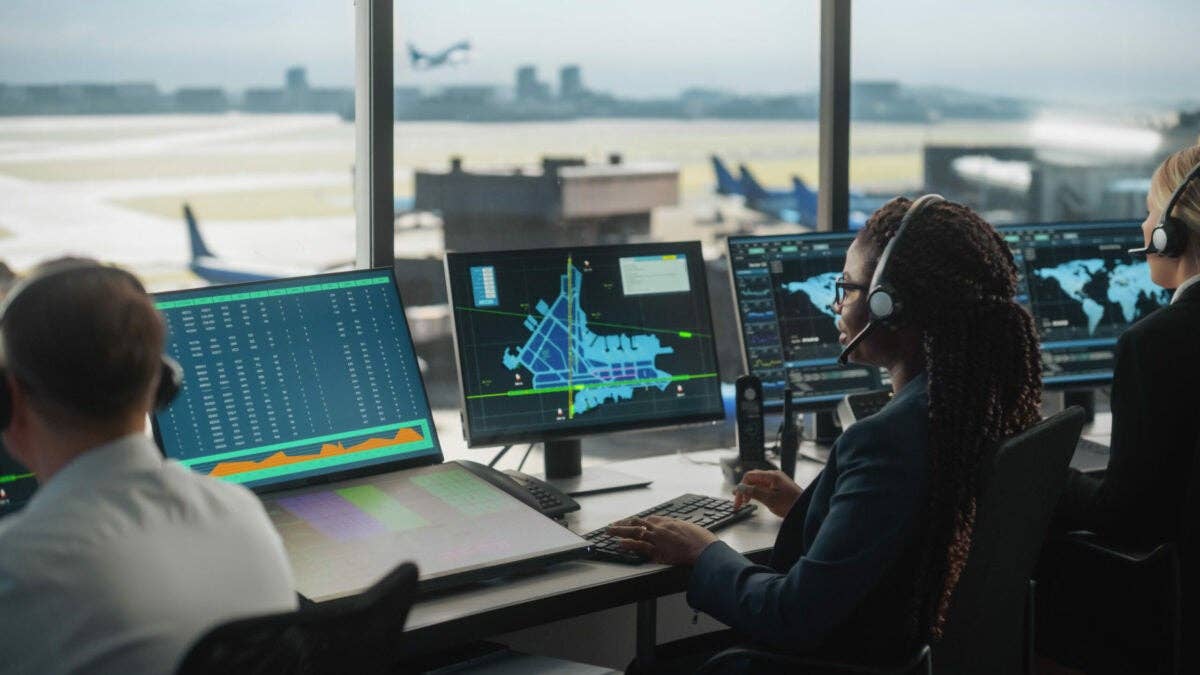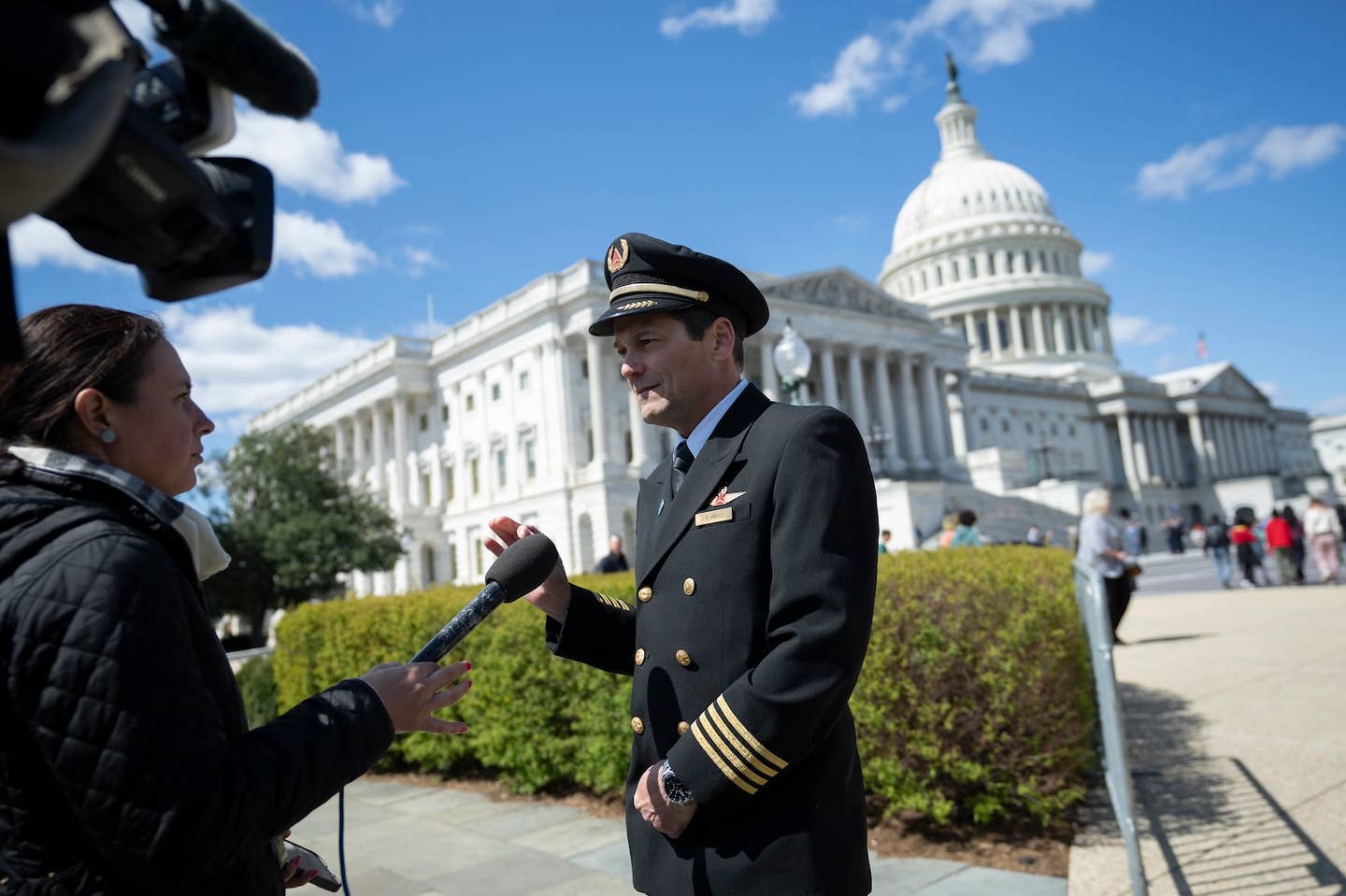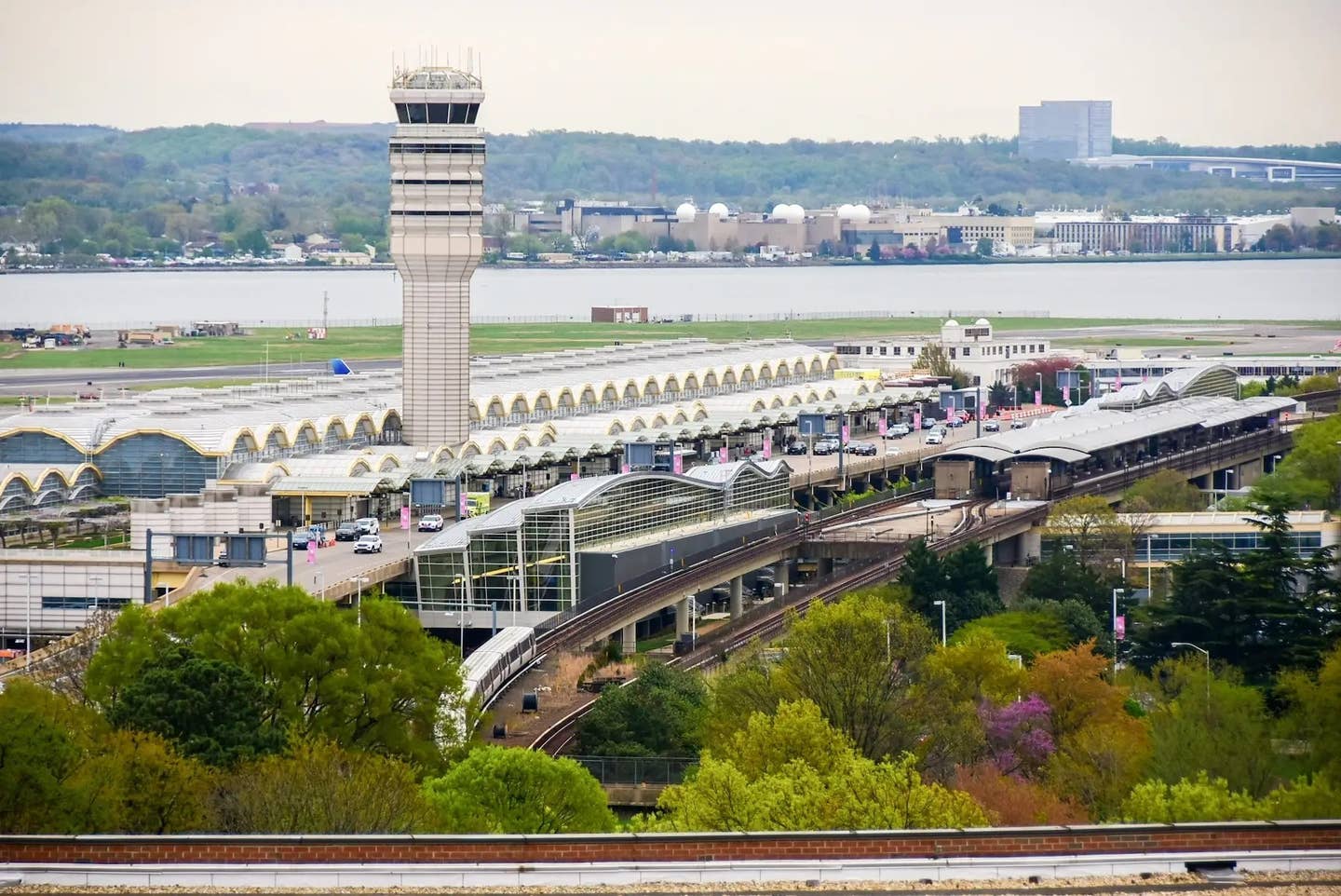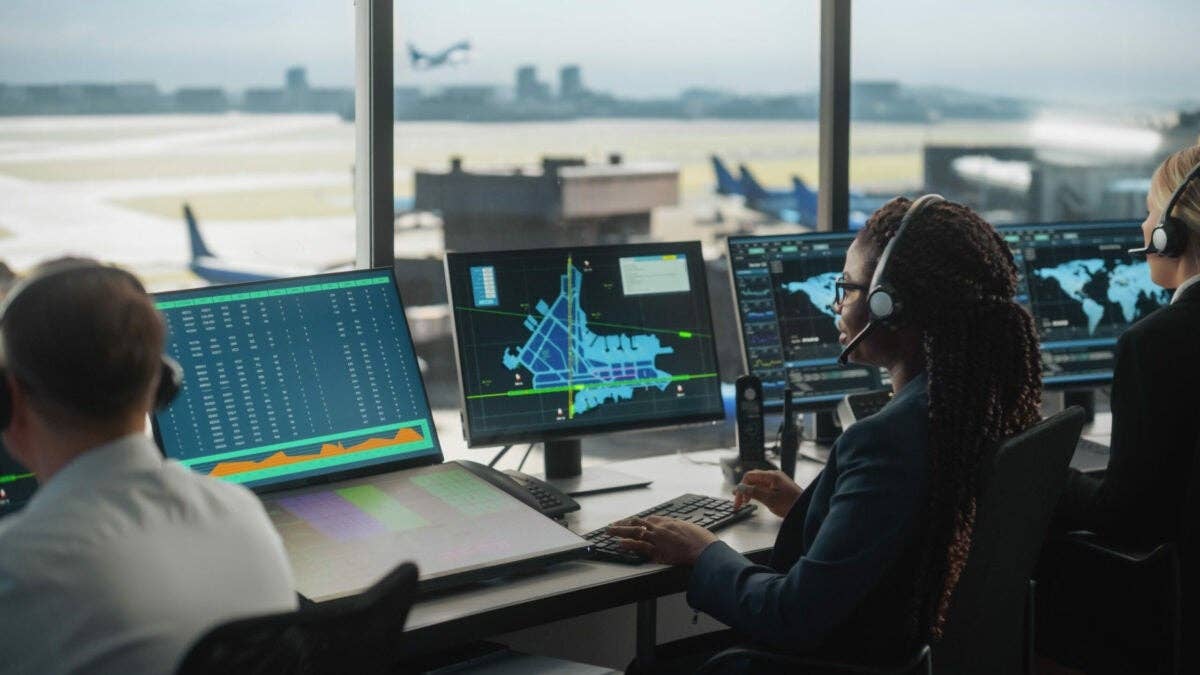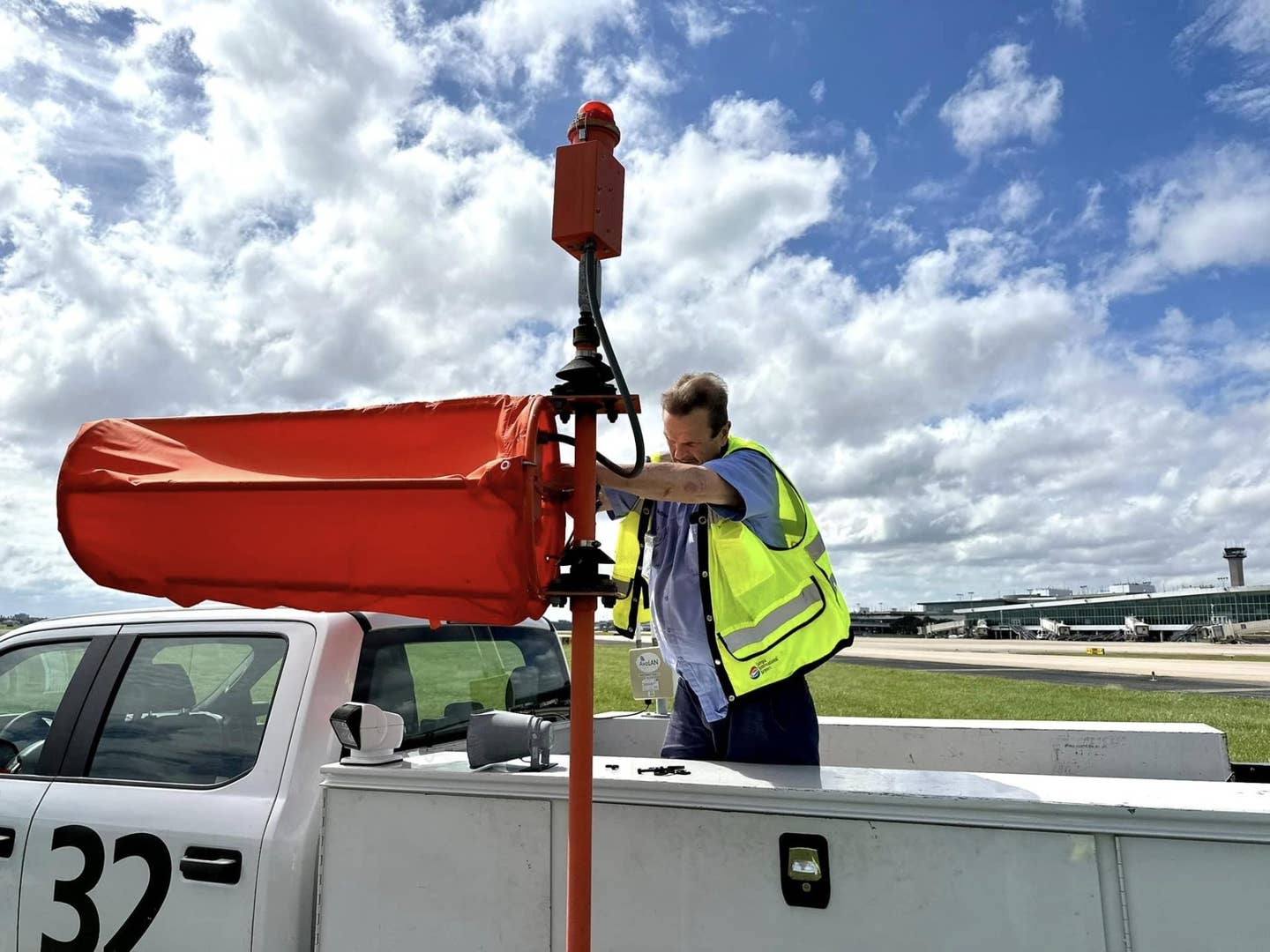How to Become a Check Airman at a Major Airline
Let’s explore who check airmen are, what they do, and how you can become one.
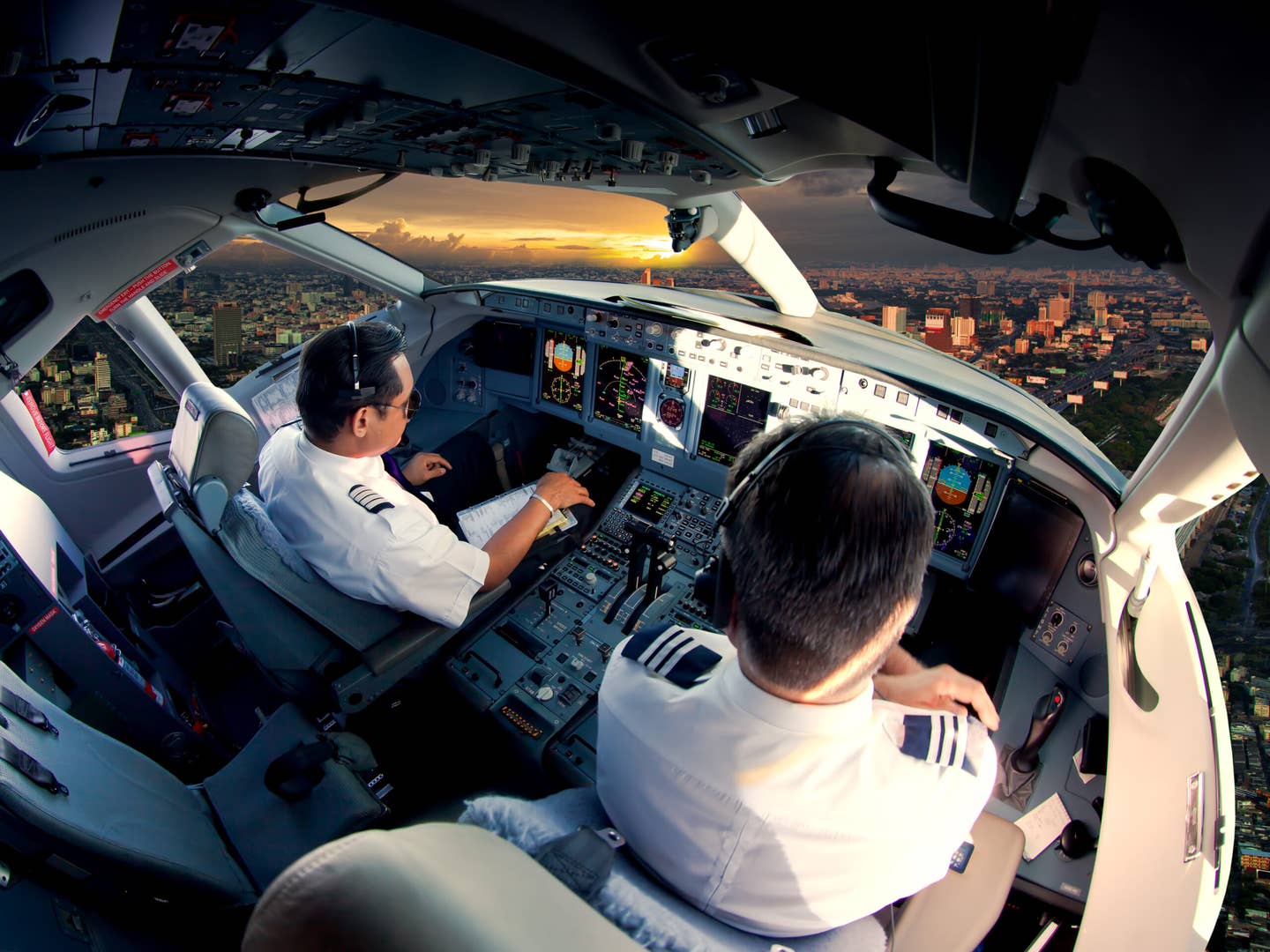
A check airman is a pilot approved by the airline and the FAA who has the knowledge, training, experience, and demonstrated ability to evaluate and certify the knowledge and skills of other pilots. [Credit: Adobe Stock]
Ensuring the highest level of safety for every flight demands meticulous planning, precise navigation, and adherence to strict regulations.
Airlines place a large amount of emphasis on the safety of their operations, all while ensuring their pilots adhere to the highest level of standards. To do so, airlines designate check airmen to conduct line checks, flight checks, competency checks, etc. to ensure all standards are appropriately met.
In the context of FAA regulations and airline operations, the terms check pilot and check airman are synonymous. The term check pilot is aimed to be more inclusive, therefore, the FAA and aviation industry members, including airlines, are gradually transitioning to the use of the term check pilot.
Nevertheless, both terms refer to a pilot approved by the airline and the FAA who has the knowledge, training, experience, and demonstrated ability to evaluate and certify the knowledge and skills of other pilots. So, whether you encounter a check pilot or a check airman, they serve the same purpose in the context of evaluating and certifying pilots’ abilities.
What Is a Check Airman?
A check airman is a pilot approved by the airline and the FAA who has the knowledge, training, experience, and demonstrated ability to evaluate and certify the knowledge and skills of other pilots. Check airmen can conduct checks and instruction in an aircraft, a flight simulator, or a flight training device.
The following information outlines the attributes, qualifications, duties and responsibilities, as well as salary expectations of a check airman.
Check Airman Attributes
Check airmen are some of the best pilots at the airlines. They are often recommended for this position by their peers and leaders (e.g., chief pilot) due to their highly desirable attributes. Some of the top qualities of a check airman include airmanship, character, communication skills, and professionalism.
Check airman candidates are skilled crewmembers who are dedicated to safety as well as professional and productive operations at an airline. They have the ability to analyze and evaluate the effectiveness of a procedure or the performance of a crew. Check airmen can also relate to and work well with others and organize their efforts and activities, all while providing a climate conducive to learning.
Check Airman Qualifications
Check airmen must possess a minimum number of hours as pilot in command, as well as a minimum number of hours in the type aircraft in which instruction and evaluation will be conducted. Previous experience as a flight instructor or a check airman can be an advantage when being considered for the position.
- READ MORE: How to Prepare for a Flight Review
Check airmen are generally recommended for the position by their peers and leaders. Once recommended, they must successfully complete a preselection process, which involves the evaluation and approval by various members of the airline leadership team to be selected for the check airman position.
Check Airman Duties and Responsibilities
Check airmen represent the airline and the FAA. Therefore, they must be knowledgeable in applicable FAA regulations and publications, airline policies, procedures, training requirements, and aircraft systems.
Check airmen monitor and evaluate pilot compliance and ensure standardization through proper training. They are also responsible for staying current with their own flight proficiency and instructor/evaluator qualifications.
Check Airman Salary
Every airline has its own pilot contract that determines the pay structure for its flight crews. Typically, salaries vary based on which pilot seat the crewmember occupies (i.e., captain or first officer), which aircraft type they fly, and how long they have been in that seat.
- READ MORE: How to Become a Corporate Pilot
Check airmen are generally compensated an additional hourly rate due to their added duties and responsibilities. Most check airmen are experienced and seasoned captains, positioning them towards the top of the pay scale.
Types of Check Airmen
Although every airline has its own variation of check airman designations, this list provides a general overview of the types of check airmen that may be appointed at the major airline level.
Line Check Airman
Check airmen who are authorized to conduct proficiency and line checks are also known as line check airmen. They are authorized to conduct the training and evaluation of line pilots in the aircraft.
- READ MORE: Most Popular Aviation Items of January 2025
Their responsibilities include standardizing and properly executing standard operating procedures among the line pilots.
All Check Airman
Check airmen are authorized to conduct all checks, conduct training and evaluation of line pilots in both the simulator and the aircraft. They are also responsible for the standardization and proper execution of standard operating procedures among the line pilots.
Lead Check Airman
Lead check airmen are responsible for ensuring standardization among the fleet’s check airmen. They conduct observations, training, and evaluations of each one.
These individuals are also responsible for many administrative tasks and special projects assigned by the airline.
Aircrew Program Designee (APD)
APDs are check airmen who conduct evaluations of line pilots as FAA authorized designees (i.e., FAA check airmen) for the approval of new aircraft type ratings. Additionally, they perform the standard duties and responsibilities of check airmen.
Types of Checks Conducted by Check Airmen
Check airmen conduct flight training and checks according to an airline’s approved training program. The program dictates whether the training will be conducted in a flight simulator or an aircraft.
Initial/Recurrent Training and Checking in a Simulator
Much of initial and recurrent pilot training and checking is conducted in a simulator. Simulators offer practical, efficient, and safe training and checking experiences, making them a valuable tool for skill development.
- READ MORE: The Best Paying Pilot Jobs
Some events conducted in a simulator include maneuvers validations and line operational evaluations (LOE).
Initial/Recurrent Training and Checking in an Aircraft
Certain training program events, however, must be demonstrated and evaluated in an actual aircraft. These events are meant to evaluate a flight crew’s ability to carry out normal and emergency procedures.
Some events conducted in an aircraft include initial operating experience (IOE), as well as proficiency and line checks.
Selecting a Flight School
Finding the right flight school is the first step in every professional pilot’s flight journey. When selecting a flight school, it is important to consider whether it offers curriculums geared towards training and developing professional pilots.
After receiving their private pilot license and instrument rating, pilots should look for flight schools that offer commercial pilot training, certificated flight instructor (CFI) training, and eventually Airline Transport Pilot (ATP) training. Although becoming a CFI isn’t a requirement for becoming a check airman at the major airlines, it may offer pilots under consideration a distinct advantage.
Another thing to consider when selecting a flight school is whether it has airline partnerships and job placement opportunities. Many established flight schools offer varying degrees of training and opportunities to get a professional pilot to the airline level.
Online Resources
There are many online resources available to assist individuals in advancing their careers to the next level. Here are some geared toward obtaining commercial pilot, flight instructor, and airline transport pilot certificates, which are required of major airline check airmen.
- Pilot Institute offers the Commercial Pilot Made Easy online ground school to help students pass the FAA commercial pilot exam.
- Sporty's Commercial Pilot Training Course offers complete preparation for the commercial pilot FAA knowledge test and all the tools pilots need to ace their oral exam and flight test.
- ASA provides several resources for those interested in advancing their careers to the next level by obtaining commercial pilot and airline transport pilot certificates.
- Angle of Attack boasts the Checkride ACE Commercial course to get pilots ready for the commercial pilot oral and practical tests.
- Rod Machado offers free eTeaching Tools for flight instructors to make their jobs easier and more enjoyable.
- King Schools has online ground school and test prep courses for commercial pilot, flight instructor, and airline transport pilot candidates.
- Pilots HQ provides commercial pilot and flight instructor training kits.
- FLY 8MA offers the Commercial Pilot ASEL Checkride Prep Boot Camp and CFI written, oral, and checkride prep courses.
- Wifi CFI teaches commercial pilot and flight instructor courses, as well as an ample amount of flight instructor tools.
The Path to Becoming a Check Airman
Once at the airlines, there is no one, set way of becoming a check airman.
However, check airmen are some of the best pilots, instructors, and evaluators at an airline. They possess certain attributes and experiences that make them stand out as leaders in this role. To be considered for the position, check airman candidates must also meet the necessary FAA and airline job requirements.
If your goal is to become a check airman at a major airline, it is important to make your intentions clear early in your career and establish relationships with people that can help you get there in the least amount of time. Having a mentor is a great way to work with someone who can assist you with creating a path catered to your career goals.
Finally, check airmen are often individuals that go above and beyond the line of duty, so don’t be afraid to put yourself out there, take on extra responsibilities, and become a leader others can rely on.
FAQ
What is a check pilot?
A check pilot is a pilot approved by an airline and the FAA who has the knowledge, training, experience, and demonstrated ability to evaluate and certify the knowledge and skills of other pilots.
What is the difference between a check pilot and a check airman?
There is no difference between a check pilot and a check airman. The terms are synonymous and used interchangeably within the aviation industry.
What are the different types of check airmen?
The different types of check airmen vary based on each airline. However, some check airman designations can include all check airmen, line check airmen, lead check airmen, aircrew program designees (APDs), etc.
Best Selling Aviation Headsets
Read the reviews from FLYING magazine:

Sign-up for newsletters & special offers!
Get the latest FLYING stories & special offers delivered directly to your inbox


